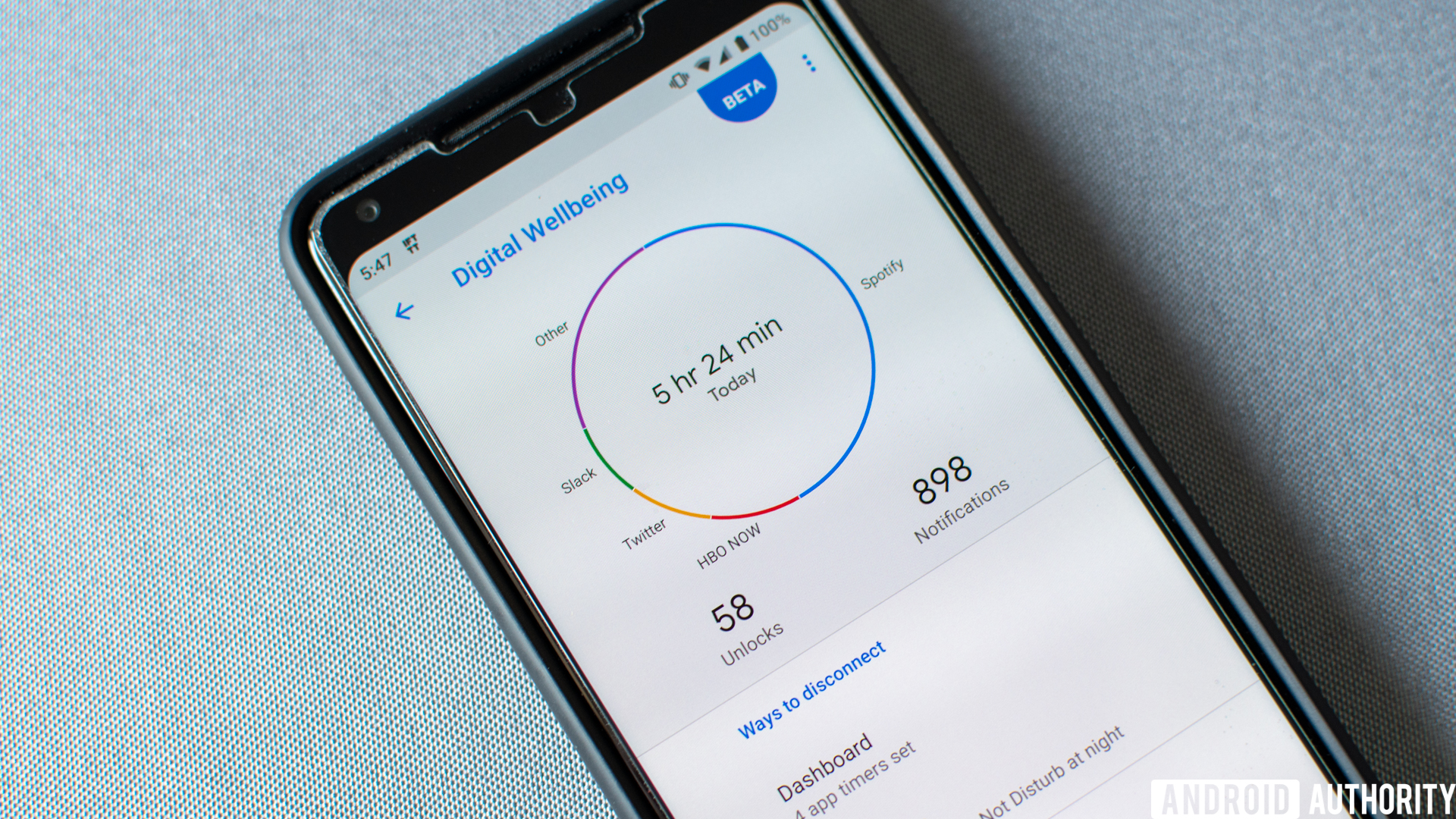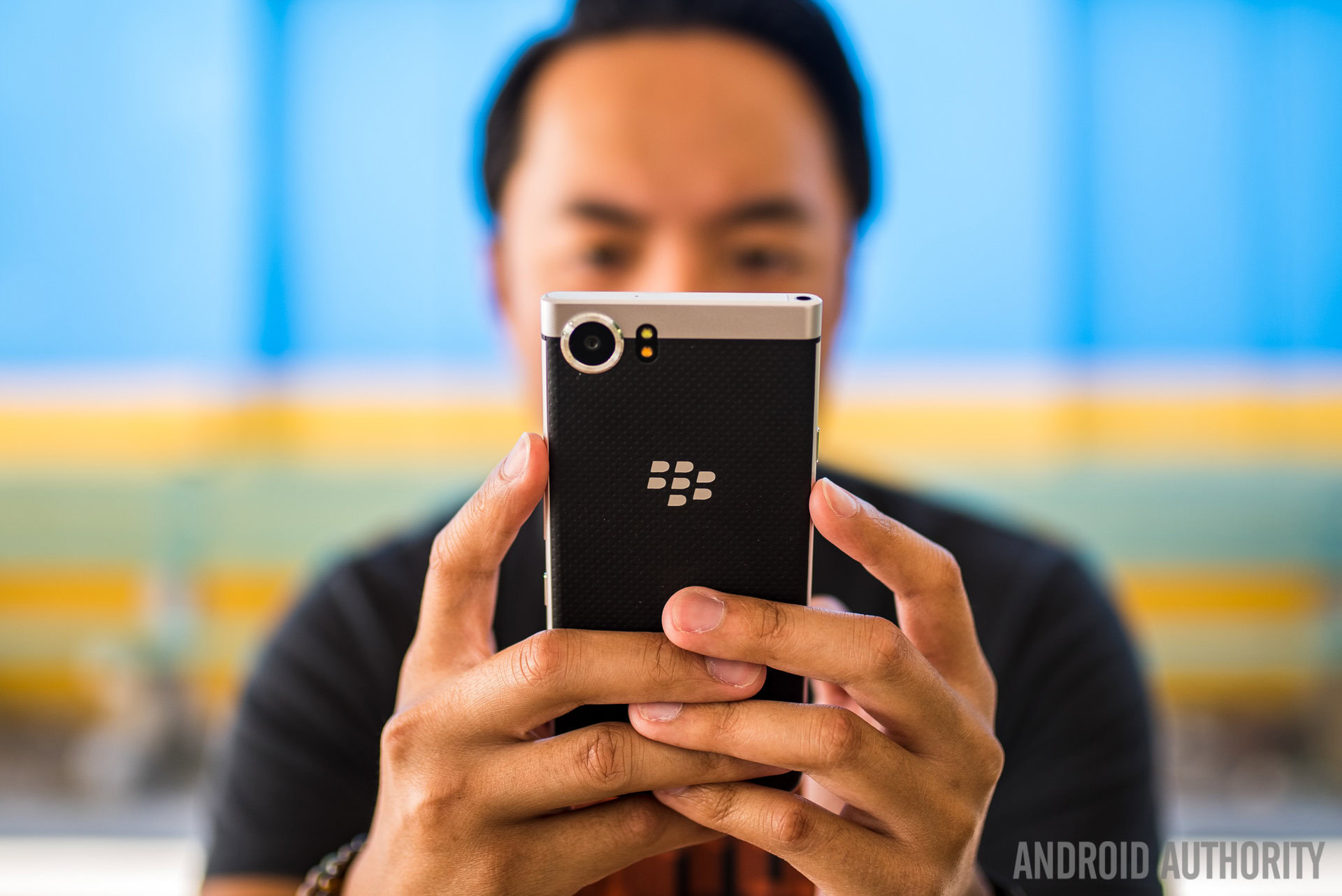Google Pixel 3 camera bug brings back Nexus 5 nightmares (Update: Fix incoming)
Update, November 21, 2018 (09:48 AM EST): Google issued a statement to 9to5Google about the Pixel 3 camera errors detailed below. Although Google still isn’t accepting replacement requests based on this issue, it did say that “a fix will be rolling out in the coming weeks.”
However, since the Nexus 5 camera error — which was very similar to this Pixel 3 error — essentially never got fixed, Google’s statement on the matter might not be that comforting. Either way, we’ll see what happens in a few weeks when this fix arrives.
Original Article, November 20, 2018 (09:10 AM EST): Some Google Pixel 3s are suffering from bugs that crash their camera apps. The bugs have been discussed over the past month on Reddit and the Google Product Forums (via 9to5Google). They seem to affect both the default and third-party camera apps.
Pixel 3 and Pixel 3 XL owners report a “fatal error” message (Google Camera) or a “can’t connect to the camera” message (third-party camera apps) popping up at random when using the camera apps, though there are appears to be no concrete way to simulate the errors.
Restarting the device is said to temporarily solve the issue, but it doesn’t seem to stop the bugs reoccurring. Nor does factory resetting the unit or starting it in safe mode.
Google is aware of the problem and is apparently pushing folks towards waiting for a fix via software update rather than pursuing a warranty replacement. There’s no suggestion as to how long this may take, but it has already been a month since the first report, which arrived only four days after Google released the phone in the U.S.
This may bring back memories of the Nexus 5’s (seemingly very similar) “can’t connect to the camera” bug that crashed the camera app on numerous Nexus 5 units. Nexus 5 owners were still reporting this throughout 2017, four years after the phone’s release.
The longevity of the Nexus 5 issue doesn’t bode well for a timely Pixel 3 solution, but we’ll keep you informed on the matter as it develops. For more on the Google Pixel 3 issues we’ve encountered so far, hit the link.
Source: Android Zone
The post Google Pixel 3 camera bug brings back Nexus 5 nightmares (Update: Fix incoming) appeared first on TuneMaster.ml.







